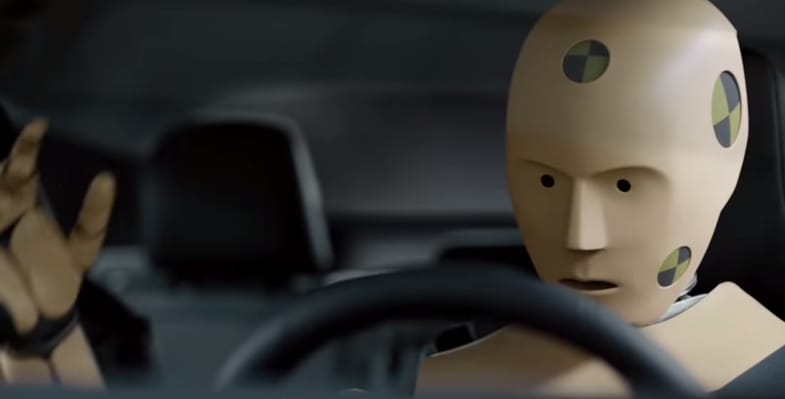Of course, I know that Mr. Gray is a huge robotics guy. This blog is an attempt for me to suck up to maybe get some extra points toward my grade in this class. I decided to google "science news" and find what came up. I found a cool website called sciencenews.org. I guess scientists aren't that creative when coming up with names for things. I found a very interesting article about a boy named Kengoro.
Kengoro is not your typical teenage boy. Although he has the same body structure and proportions as other teens, Kengoro is actually a robot. He was created at the University of Tokyo by an engineer named Masayuki Inaba and his colleagues. The robot is named Kengoro, and he is completely life sized. I'm not really sure if I can call a robot a "he," but, for the purpose of this blog, I will.

Kengoro is a very advanced boy robot. He is able to do physical activity for 20 minutes at a time, and is powered by batteries in each leg. It is absolutely mind blowing that this robot is also able to do pushups, sit-ups, and pushups. Even more incredible is the fact that this robot can go up on his tip toes.
Reading this article, I was first very skeptical. Of course I love technology and I use it all the time, but what is the purpose of making robots that can do what humans do? If these robots have the same strength and artificial intelligence that humans do, many people would be out of jobs and it would be honestly creepy to walk around and see robots out there living their lives while you were trying to live yours. This article put some of my fears to rest. There are different things that this robot could be used for that would greatly help the human population.
At this point in time, test dummies are used to see what would happen to a human if their car were to get into an accident. They are needed often when new models of cars come out and are used in many studies. This robot or other models like it could be used in place of test dummies. Since Kengoro is so anatomically correct, the tears in his "muscles", the hits to his head, and whether or not he is thrown from the car would be very accurate compared to a human. This would obviously help because it will help humans to be safer when driving and survive more car accident. 

Another useful place for this robot is in the development of prosthetics. Being able to create humanlike muscles is an amazing advancement in science. It is interesting how closely physics and medicine interact. There are so many people who need prosthetics. Some people are born without limbs, others lose them due to cancers, and still others lose them to tragedies such as war and car accidents. It is amazing that researchers are doing things to help these people.
fun fact: Kengoro can also play badminton.
link to the article: https://www.sciencenews.org/article/boy-robot-passes-agility-tests?mode=topic&context=96
Comments
Post a Comment